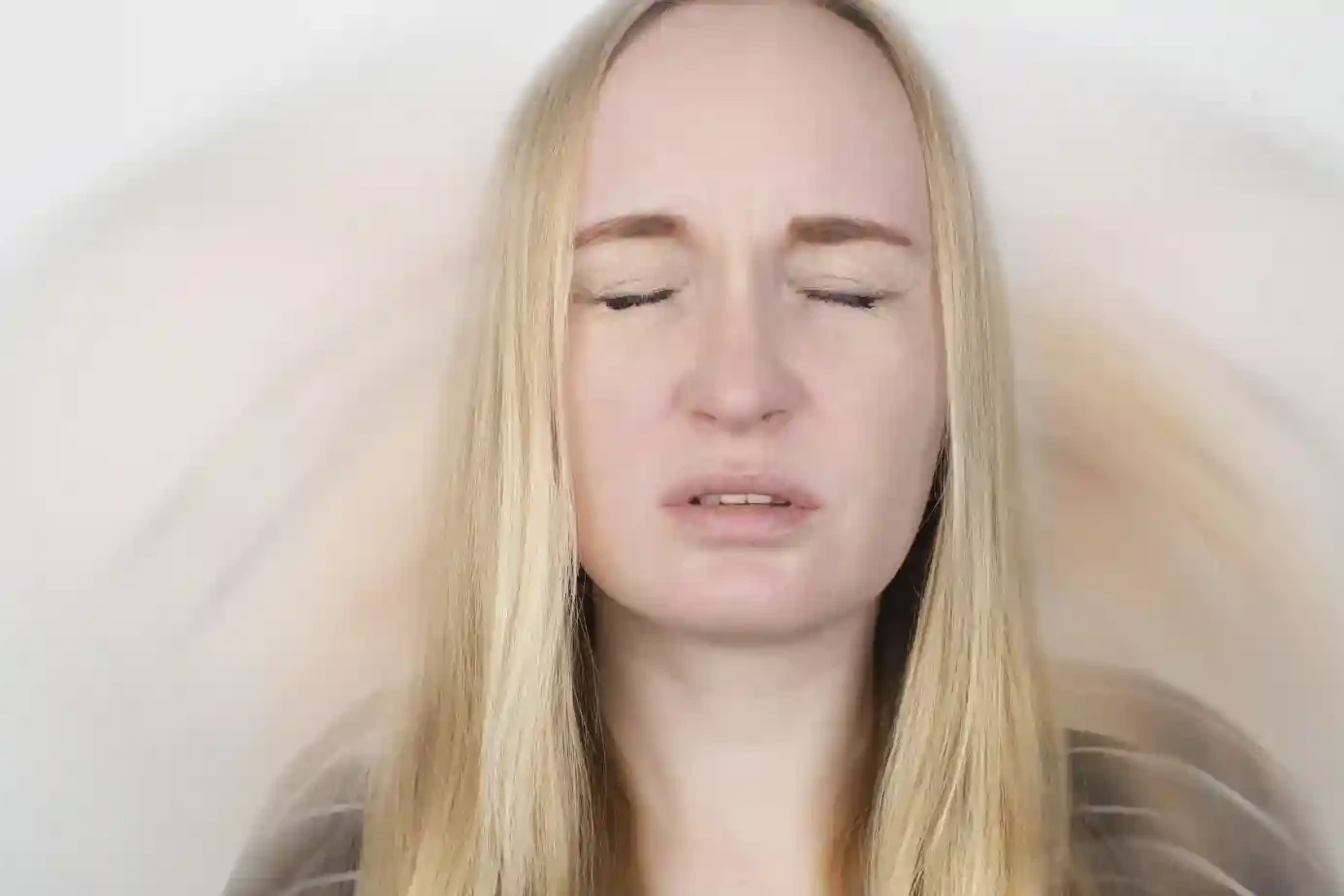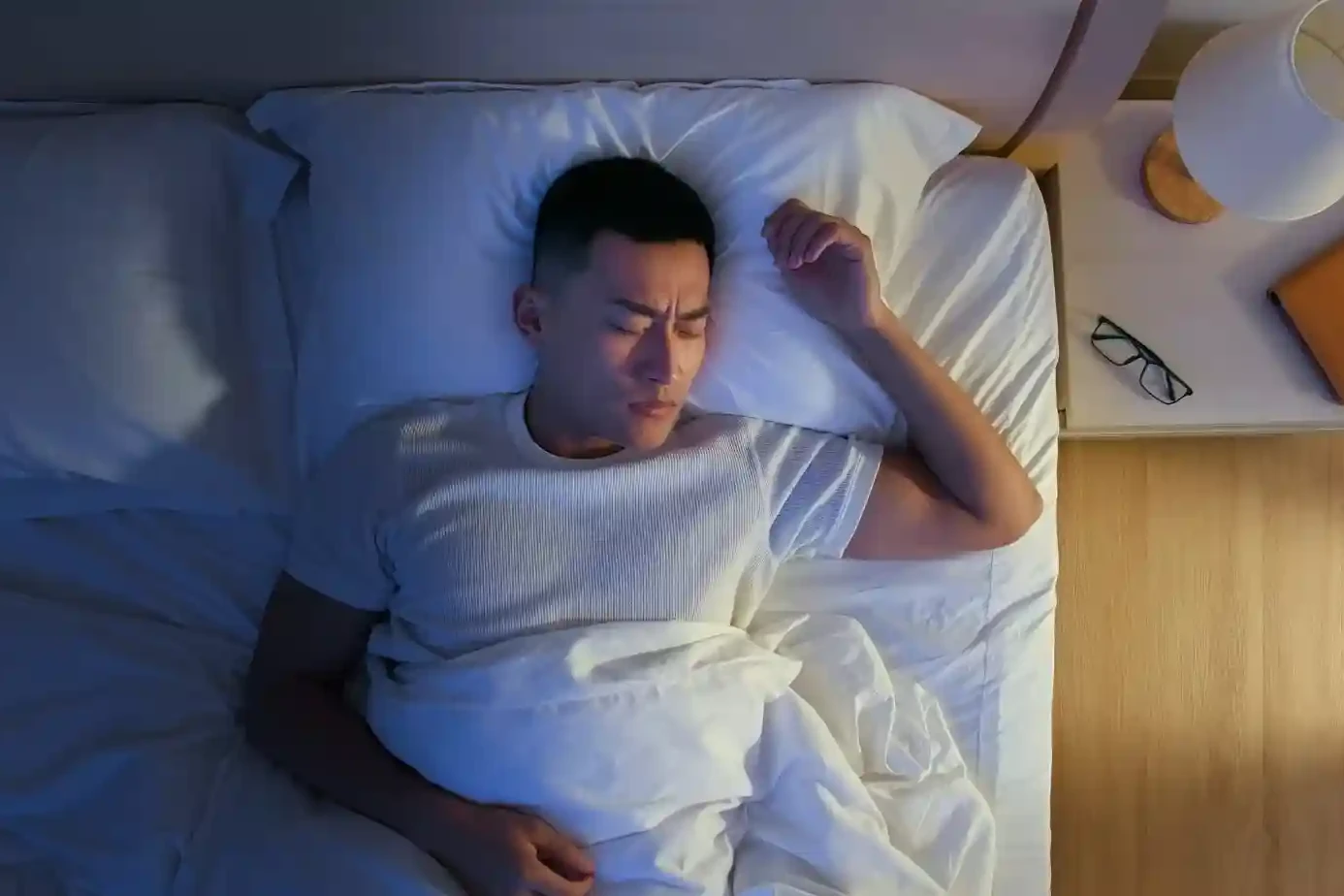Types of migraines are not all the same. Some strike with flashing lights. Others cause dizziness, numbness, or even vision loss in one eye. Some last a few hours, while others stretch for days. Knowing the different types of migraines helps patients, families, and doctors pick the right treatment. It also helps people feel less alone when their symptoms do not match the “usual” headache story.
Migraines are more than headaches. They are neurological migraine conditions that involve changes in brain chemicals, nerves, and blood flow. Attacks may involve nausea, vomiting, and extreme sensitivity to sound or light. Because there are several migraine subtypes, learning about each one is key for proper care.
Table of Contents
ToggleMigraine Classification And Subtypes
Doctors use a structured guide called the International Classification of Headache Disorders (ICHD). This guide helps in migraine classification by giving strict criteria for diagnosis. According to the ICHD, migraines are divided into broad categories, which are then broken into migraine subtypes. The two main categories are:
- Migraine without aura – the most common type.
- Migraine with aura – where warning signs appear before pain.
From there, more complex subtypes are listed, such as chronic migraines, hemiplegic migraine, menstrual migraines, vestibular migraine, abdominal migraine, basilar migraine, retinal migraine, and other rare types of migraines.
This system prevents confusion between migraine and other migraine headaches vs other headaches such as tension or cluster headaches.
Migraine With Aura Vs. Migraine Without Aura

The biggest divide in types of migraine headaches is between those with aura and those without. Aura is a collection of symptoms that act as a warning signal. Migraine aura symptoms often include:
- Flashing or zigzag lights
- Temporary blind spots
- Tingling in hands or face
- Trouble speaking clearly
When aura is present, it is called migraine with aura. These belong to the types of aura migraines category. Aura usually lasts 20 to 60 minutes, and the headache may follow or sometimes not appear at all. Some people experience aura without any pain, which doctors call silent migraine.
On the other hand, migraine without aura is more common. These attacks skip the warning signs. Pain builds up gradually and can be moderate to severe. Knowing the difference matters because treatment timing is different.
For example, medicines for migraine treatment options often work better when taken early, especially in aura-based attacks.
Chronic Migraine
Chronic migraines are among the most disabling conditions listed in headache medicine. The rule is clear: if you have headaches on 15 or more days a month, for at least three months, and eight of those days resemble migraine, then the diagnosis is chronic migraine. This form of migraine makes daily life extremely hard.
People may miss work, struggle with school, or need repeated hospital visits. It is also linked with higher risk of depression and anxiety, making migraine disability a real concern.
Chronic migraine can develop from frequent episodic migraine. Overuse of pain medicines, poor sleep, stress, and untreated triggers may contribute. Early preventive treatment can reduce attacks and stop progression. Lifestyle management, such as regular sleep and stress control, can also help.
Menstrual Migraine (Hormone Headaches)
When attacks follow the monthly cycle, doctors call them menstrual migraines. These are directly tied to migraine and hormones, especially the sharp drop in estrogen that happens before periods. The fall in hormones (estrogen, progesterone) can trigger powerful attacks that may last longer than usual.
This condition is sometimes called “period migraine” or “hormone headache.” Women with menstrual migraine often find attacks harder to treat with standard painkillers. Doctors may use triptans, hormonal therapy, or preventive strategies that focus on cycle timing. Keeping a diary helps link symptoms to periods. Understanding this pattern is key in managing different migraine types.
Basilar Migraine (Migraine With Brainstem Aura)
Basilar migraine, also called migraine with brainstem aura, affects areas that control vital functions like balance and speech. This is one of the more alarming migraine subtypes. Symptoms may include:
- Dizziness or vertigo
- Slurred speech
- Double vision
- Ringing in ears
- Loss of balance
These symptoms can mimic stroke or seizure, making diagnosis tricky. Because of its location in the brainstem, basilar migraine needs careful evaluation. Though rare, attacks can be disabling. Doctors often recommend avoiding certain migraine medicines, like triptans, for this subtype.
Hemiplegic Migraine
Hemiplegic migraine is a rare but frightening form. It causes temporary weakness or paralysis on one side of the body, often resembling a stroke. Weakness may last for minutes or hours and sometimes longer. Two types exist:
- Familial hemiplegic migraine (runs in families)
- Sporadic hemiplegic migraine (occurs without family history)
This form needs immediate medical care during an attack, since stroke must be ruled out. Some patients require genetic testing. Because of the risk, preventive therapy is often necessary. Hemiplegic migraine belongs to the high-risk group of rare types of migraines.
Vestibular Migraine
Vestibular migraine affects the balance system. Instead of just pain, the dominant symptom is dizziness or vertigo. Patients may feel like the world is spinning, even without a headache. Common features include:
- Unsteady walking
- Nausea
- Motion sensitivity
- Trouble focusing
This type can overlap with inner ear problems, so migraine diagnosis may take time. Treatments may include migraine medicines along with vestibular rehabilitation therapy. Lifestyle changes such as reducing caffeine and practicing balance exercises may also help.
Abdominal Migraine
Abdominal migraine mainly affects children, though some adults experience it. Instead of head pain, the main symptom is belly pain. Episodes can include:
- Severe stomach ache
- Nausea and vomiting
- Loss of appetite
- Pale skin
Attacks may last 1 to 72 hours. Many children with abdominal migraine later develop classical migraine in adulthood. Doctors often diagnose this form after ruling out stomach diseases. Because this is part of migraine in children, understanding it prevents misdiagnosis.
Retinal Migraine
Retinal migraine is a rare type that affects vision in one eye only. Symptoms may include partial or complete vision loss in that eye, usually for less than an hour. Attacks may repeat and are reversible, but they are distressing. Because vision changes can also signal eye disease, patients need urgent checks. Retinal migraine is classified separately from aura because it involves the retina, not the brain.
Rare Types Of Migraine
Beyond the better-known categories, several rare types of migraines exist. These include:
- Silent migraine: aura without headache.
- Ophthalmoplegic migraine: eye pain with drooping eyelids or weak eye muscles.
- Alice in Wonderland syndrome: distorted body image or visual changes.
- Hemicrania continua: constant one-sided headache with migraine features.
These types may overlap with other neurological problems. Correct diagnosis requires a headache specialist.
Status Migrainosus (Severe, Long-Lasting Migraine)
When a migraine lasts more than 72 hours and does not respond to normal treatment, doctors call it status migrainosus. This form may lead to dehydration, sleep loss, and emergency visits. It is also called an intractable migraine. Strong medicines given in hospital settings are often required. This is considered a medical emergency, as prolonged pain can become dangerous.
Living With Different Types Of Migraine
Living with migraine is not easy. But knowledge and planning can help. Keeping a diary of triggers, symptoms, and medicines gives useful data. This helps with migraine diagnosis and long-term treatment planning.
- Lifestyle tips: keep regular sleep, eat balanced meals, and stay hydrated.
- Medical tips: use prescribed preventive medicines if attacks are frequent.
- Emotional support: since migraine can feel isolating, support groups help reduce stress.
Migraines can affect school, jobs, and relationships. This is why doctors recognize migraine disability as a true medical condition. With the right support, people can manage attacks and live better lives.
Helpful Table: Key Types Of Migraine At A Glance
| Migraine Subtype | Main Feature | Typical Duration | Special Note |
| Migraine with aura | Visual/sensory warning signs before headache | 4–72 hours | Needs early medicine use |
| Migraine without aura | Headache without warning signs | 4–72 hours | Most common type |
| Chronic migraine | 15+ headache days/month | Months–years | Can disable daily life |
| Menstrual migraine | Linked to menstrual cycle | 1–3 days | Triggered by estrogen drop |
| Basilar migraine | Brainstem aura: dizziness, speech issues | Hours | Often confused with stroke |
| Hemiplegic migraine | Temporary weakness on one side | Hours–days | Genetic link possible |
| Vestibular migraine | Dizziness, vertigo, balance issues | Minutes–days | May occur without headache |
| Abdominal migraine | Stomach pain, common in children | 1–72 hours | May lead to adult migraine |
| Retinal migraine | Vision loss in one eye | <1 hour | Needs urgent eye exam |
| Status migrainosus | Severe migraine lasting 72+ hours | >3 days | Needs hospital care |
The Bottom Line
Migraines are not one single condition but a wide family of problems. Some involve vision, others cause dizziness or weakness. A few attack the stomach or last for days. By knowing the different types of migraines, patients and families can better understand what is happening and find the right plan for relief.
Correct migraine classification allows doctors to separate migraines from other brain or headache disorders. With a mix of lifestyle steps, medicines, and awareness, people with migraine can regain control of their health.
FAQs
What are the different types of migraines?
The main types include migraine with aura, migraine without aura, chronic migraines, menstrual migraines, vestibular migraine, abdominal migraine, hemiplegic migraine, basilar migraine, and retinal migraine.
What happens to your brain during a migraine?
During a migraine, nerves become overactive, blood vessels change, and brain chemicals like serotonin shift. These changes create pain, nausea, aura, and sensory sensitivity across the nervous system.
How long does a migraine last?
A typical migraine lasts 4 to 72 hours without treatment. Some rare cases, such as status migrainosus, last longer and may require hospital care for proper relief and recovery.
Do migraines affect the baby while pregnant?
Migraines themselves usually do not harm the baby, but treatment choices matter. Many medicines are unsafe in pregnancy. Doctors adjust care plans to protect both mother and child.
What chemical imbalance causes migraines?
Migraine involves brain chemical changes. Serotonin and other neurotransmitters play roles in attack onset. Hormonal shifts also influence risk. No single imbalance explains all migraine attacks completely.
How to tell the difference between a migraine and a brain tumor?
Migraines follow predictable patterns, while tumors cause progressive worsening. Brain scans help confirm. Neurologists use patient history, aura patterns, and imaging to distinguish migraine from serious structural brain disease.
What is the fastest way to cure a migraine?
There is no instant cure. Triptans, rest in a dark room, hydration, and anti-nausea drugs can give fast relief. Preventive care and trigger control reduce attack frequency significantly.
About The Author

This article is medically reviewed by Dr. Chandril Chugh, Board-Certified Neurologist, providing expert insights and reliable health information.
Dr. Chandril Chugh is a U.S.-trained neurologist with over a decade of experience. Known for his compassionate care, he specializes in treating neurological conditions such as migraines, epilepsy, and Parkinson’s disease. Dr. Chugh is highly regarded for his patient-centered approach and dedication to providing personalized care.
→ Book a consultation to discover which remedies suit your needs best.





